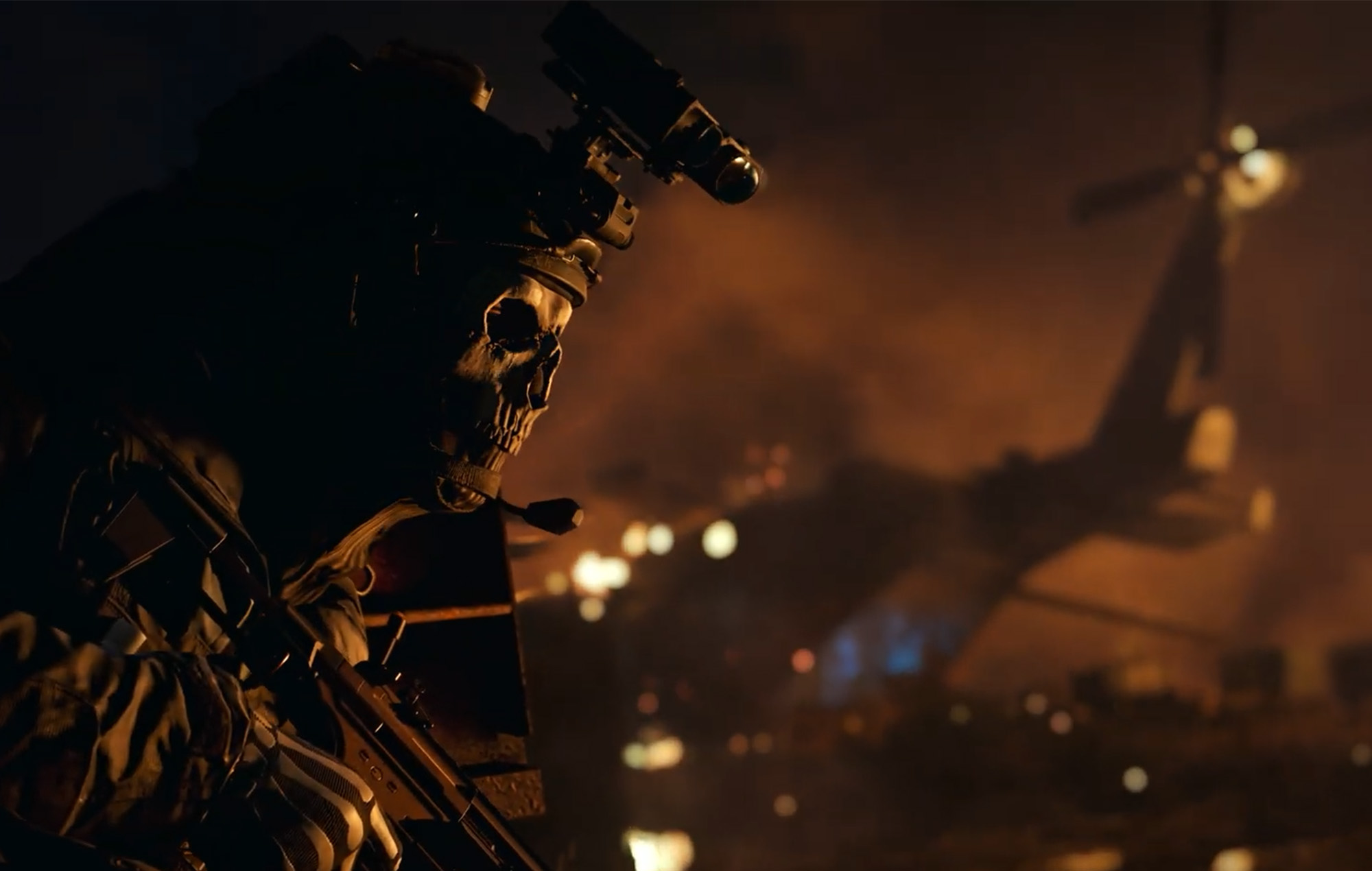In today’s rapidly changing world, technology has revolutionized many aspects of our lives, including the way wars are fought. Modern warfare has evolved significantly, with cutting-edge technology playing a crucial role in shaping military strategies and capabilities. Understanding the role of technology in modern warfare is essential to grasp how conflicts are managed and resolved in contemporary times.
The Evolution of Warfare Technology
Warfare has come a long way from the days of swords and shields. The introduction of gunpowder, the industrial revolution, and the advent of nuclear weapons marked significant milestones in the evolution of warfare technology. Each technological advancement has fundamentally altered the dynamics of combat, leading to more sophisticated and lethal means of warfare.
Communication Advances
One of the most critical aspects of modern warfare is secure and reliable communication. The development of satellite communication and internet-based systems has enabled real-time information sharing and coordination among military units. Secure communication channels ensure that sensitive information remains protected from enemy interception, enhancing operational efficiency and effectiveness.
Surveillance and Reconnaissance
Surveillance and reconnaissance have been revolutionized by technology. Drones and Unmanned Aerial Vehicles (UAVs) provide real-time intelligence and battlefield awareness without putting human lives at risk. Satellite imagery offers comprehensive views of enemy territories, aiding in strategic planning and decision-making.
Cyber Warfare
Cyber warfare involves the use of digital attacks to disrupt, disable, or control enemy information systems. It has become a significant aspect of modern conflicts, with notable cyber attacks causing substantial damage to infrastructure and national security. The significance of cyber warfare lies in its ability to paralyze an adversary’s operations without physical confrontation.
Artificial Intelligence in Warfare
Artificial Intelligence (AI) has made significant inroads into modern warfare. AI applications range from autonomous drones to predictive analytics for strategic planning. However, the use of AI in warfare raises ethical considerations, such as the potential for autonomous weapons to make life-and-death decisions without human intervention.
Autonomous Weapons Systems

Autonomous weapons systems, including drones and robotic vehicles, operate with minimal human intervention. These systems offer advantages such as reduced risk to human soldiers and enhanced precision in targeting. However, the deployment of autonomous weapons also presents risks, including potential malfunctions and ethical dilemmas regarding accountability.
Electronic Warfare
Electronic warfare involves the use of electromagnetic spectrum to disrupt enemy communications and radar systems. Techniques such as jamming and electronic countermeasures can significantly impact modern military strategies by impairing the enemy’s ability to communicate and coordinate effectively.
Precision-Guided Munitions
Precision-guided munitions (PGMs) have transformed modern warfare by allowing for highly accurate targeting. These weapons use advanced guidance systems to hit specific targets with minimal collateral damage. Case studies, such as the use of PGMs in the Gulf War, highlight their effectiveness in modern combat scenarios.
Missile Defense Systems
Missile defense systems are designed to detect and intercept incoming missiles, protecting territories from potential attacks. Technologies such as the Patriot missile system and THAAD (Terminal High Altitude Area Defense) demonstrate the capabilities and challenges of missile defense, including the need for continuous advancements to counter evolving threats.
Space Warfare
The militarization of space is an emerging frontier in modern warfare. Countries are developing technologies for satellite defense and offensive space capabilities. Key players in space warfare include the United States, Russia, and China, each investing in technologies to gain a strategic advantage in this new domain.
Naval Technology
Naval warfare has seen significant advancements with the development of modern submarines, aircraft carriers, and naval drones. These technologies enhance the capabilities of naval forces, allowing for extended reach, increased firepower, and improved surveillance.
Ground Warfare Innovations
Modern tanks, armored vehicles, and robotics have revolutionized ground warfare. Innovations such as remotely operated vehicles and advanced armor technologies provide greater protection and mobility for ground forces, enabling them to operate effectively in diverse combat environments.
Biotechnology and Warfare

Biotechnology has introduced new dimensions to warfare, including the development of bioweapons and advanced medical treatments for soldiers. However, the use of biotechnology in warfare raises ethical and legal implications, as the potential for misuse poses significant risks to global security.
Conclusion
Technology has become an integral part of modern warfare, transforming how conflicts are fought and resolved. From communication advances to autonomous weapons and cyber warfare, technological innovations continue to shape military strategies and capabilities. As we look to the future, it is essential to consider both the benefits and challenges that technology brings to modern warfare, ensuring that ethical and legal standards are upheld.




